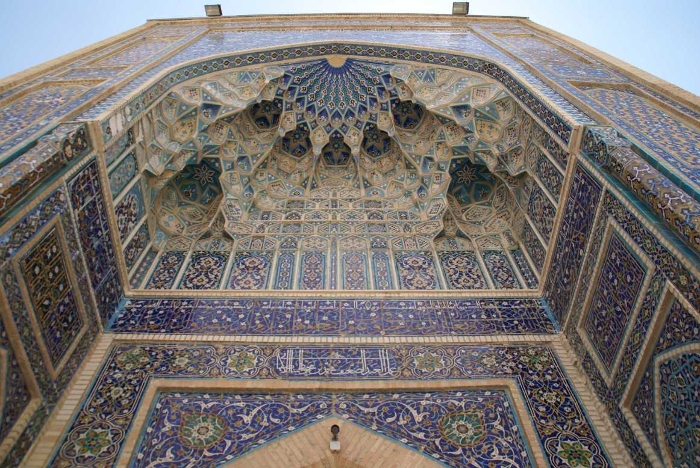Research project
Turks, texts and territory: Imperial ideology and cultural production in Central Eurasia
Turkic nomadic rulers established large empires in the Middle East and Asia between the 11th and 14th centuries. This project will explore the link between their political ideology and the production of art and literature, via the cultural heritage of five cities along the Silk Road: Kashgar, Samarkand, Ghazna, Tabriz and Konya.
- Duration
- 2016 - 2021
- Contact
- Gabrielle van den Berg
- Funding
- NWO VICI

The eleventh century marked the emergence of the originally nomadic Turks as a new political elite in the history of Central Asia and the Middle East. Under their powerful patronage a new political culture arose in the Islamic world, inspired by an imperial rather than an exclusively Islamic outlook. This shift brought Persian into the limelight as a new cosmopolitan and imperial language across Central Asia, North India, Turkey and Iran. Until a few decades ago, the received view was that the Turks, as nomadic rulers with a military background, needed Iranian bureaucrats to effectuate their rule over sedentary societies, and hence sedentarized themselves and adopted Persian culture in a one-way acculturation process. Though this view has been challenged in recent years, the idea of a dichotomy between the nomadic, uncivilised Turk, representing the "sword", and the sedentary, civilised Iranian, representing the "pen", persists in academic debate. Turks, texts and territory aims to further challenge this binary view by bringing in the vast but understudied resource of cultural production, approached as an integrated phenomenon, across media, languages and genres. The spatial framework will be provided by five representative Silk Road cities, situated at present in different nation states: Kashgar, Samarkand, Ghazna, Tabriz and Konya. As capitals and nodal points of five medieval Turko-Persian empires, each of these cities represents a particular stage in the development of imperial ideology and its expression by means of literary and artistic production, as preserved in various examples of cultural heritage, cherished today as symbols of national identity. The aim of this project is to map the interaction between imperial ideology and literary and artistic production in a diachronic and synchronic perspective and to contextualize policies of heritage in the modern nation states which emerged from the premodern Turko-Persian world.
